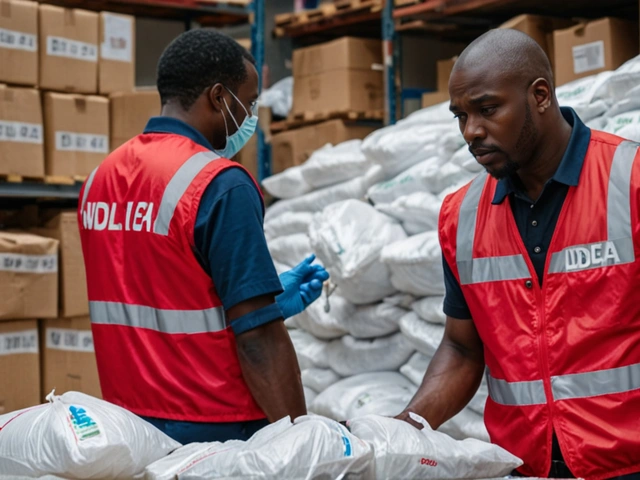Currency Depreciation and Its Impact on Urban Agriculture
When a country’s money loses value, everything that costs the local currency becomes more expensive. That’s what we call currency depreciation. For people living in cities, the change feels like higher grocery bills, but for urban farmers it also means higher costs for seeds, fertilizer, and equipment that are often bought abroad.
Why Currency Depreciation Hits Urban Farmers Hard
Most inputs for small‑scale city farms are imported. A weaker rand, naira, or shilling means you need more of your money to buy the same amount of fertilizer. That pushes up the cost of production, and the rise is passed on to consumers in the form of pricier fresh produce. It’s a double hit – the farmer pays more, and the shopper pays more.
Besides inputs, financing becomes tighter. Banks raise interest rates to protect themselves from the currency loss, so loans for building rooftop gardens or buying irrigation kits become costlier. Many urban growers rely on informal lenders, and those lenders also ask for higher repayments when the local currency drops.
On the flip side, a weak currency can make locally grown food more competitive against imported goods. If imported fruits become pricey, people turn to what’s grown nearby. That creates a market window for urban farms that can keep prices stable.
Practical Ways to Buffer Against a Weak Currency
1. Buy in bulk when rates are good. Keep an eye on exchange‑rate trends and stock up on seeds or fertilizers when the local currency is stronger. This spreads the cost over several planting cycles.
2. Switch to low‑cost, locally sourced inputs. Look for compost made from municipal waste, use rainwater harvesting, and grow nitrogen‑fixing plants instead of buying synthetic fertilizer.
3. Shift to higher‑value crops. Crops that fetch a premium – like herbs, microgreens, or specialty vegetables – can absorb higher input costs and still earn a profit.
4. Explore community financing. Cooperatives let growers pool money and share risks. A group can negotiate better rates for bulk purchases and offer low‑interest loans to members.
5. Use digital tools for market intel. Apps that track local prices and currency changes help you decide when to sell and when to hold inventory.
Urban farmers who adapt quickly can turn a currency dip into an opportunity. By cutting dependency on imports, finding local alternatives, and staying informed about market shifts, they protect their bottom line and keep fresh food affordable for city dwellers.
Governments also have a role. Stable policies, subsidies for locally produced inputs, and support for urban farming pilots can soften the blow of a falling currency. When the public and private sectors work together, the whole city benefits – lower food prices, more green space, and resilient livelihoods.
Bottom line: currency depreciation raises costs, but smart choices and community support can keep urban farms thriving. Keep an eye on exchange rates, use local resources, and stay flexible. Your garden, your wallet, and your neighborhood will thank you.






